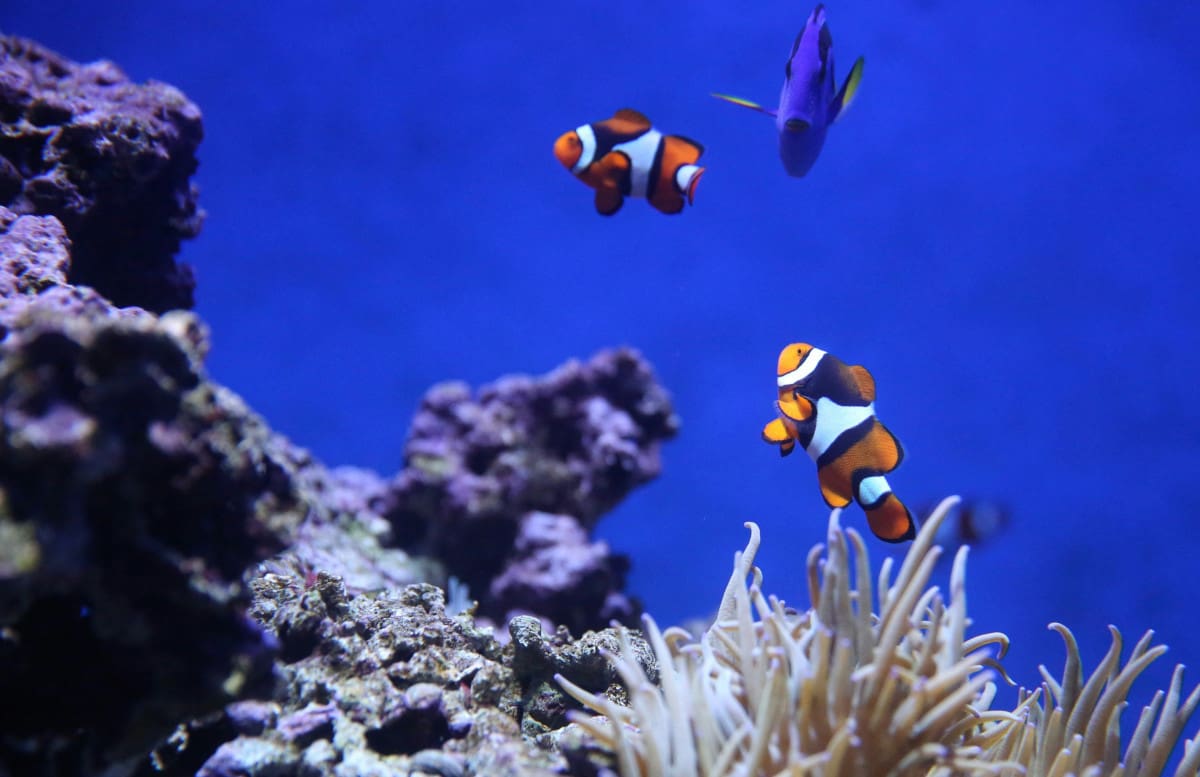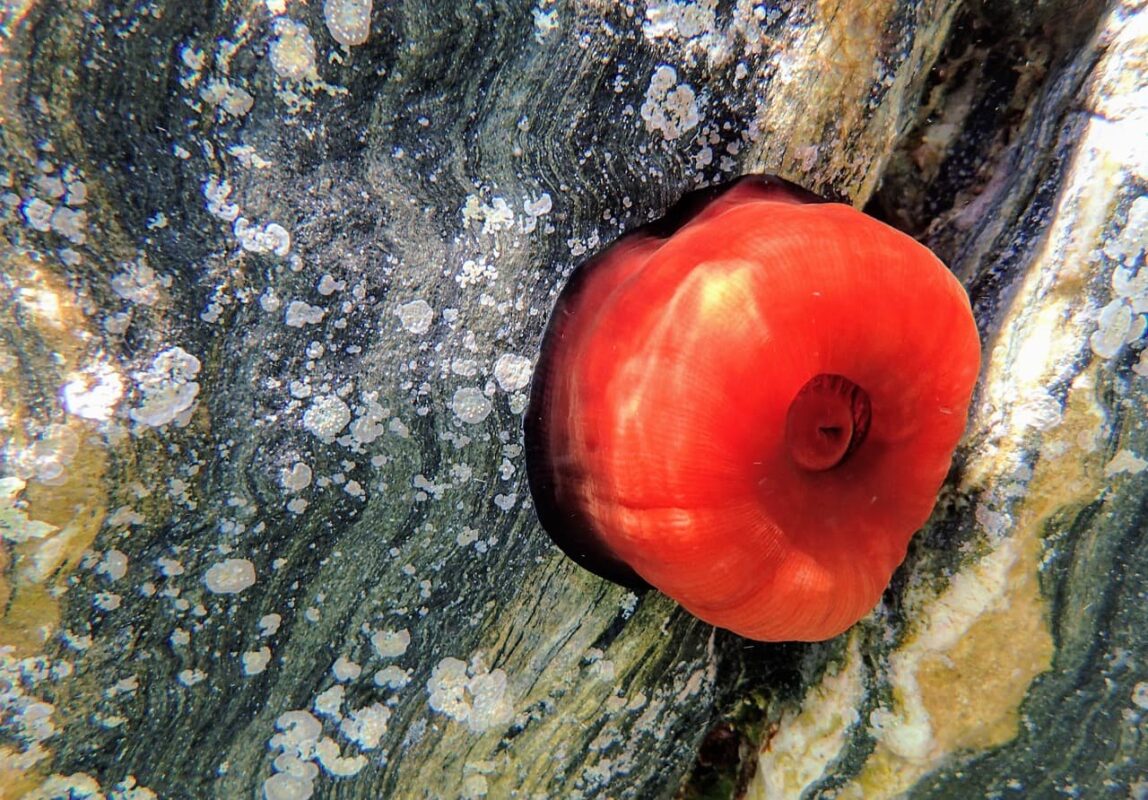Lighting in marine aquariums is particularly important as it defines the natural habitat, and therefore the quality of life, for the animals.
It is the responsibility of us aquarists to provide the animals in our aquariums with a life that is as close to nature as possible. Life is impossible without light! Corals cannot grow without it because the symbiotic algae they contain die without light. But your other aquarium inhabitants also need light, of course — the most natural light possible! This includes a UV component.
What function does the light have in the aquarium?
The algae in the corals need light with a UV component in order to photosynthesise. In doing so, the algae colour the corals in wonderful colours.
Why blue light is good for the aquarium
The colour temperature (or light colour) is therefore an important factor for a healthy and species-appropriate marine aquarium. Blue light plays a key role here:
There are several reasons why blue light is important in saltwater aquariums:
- Photosynthesis: Blue light has a short wavelength and thus carries more energy, which is ideal for the fluorescence and photosynthesis of zooxanthellae (the symbiotic algae) in corals. These produce more so-called GFP (
“green fluorescent protein“) with the UV component in the 445-465 nm range. This improves their growth and nutrient conversion. - Natural habitat: UV-enriched light creates an environment that resembles the natural habitat of corals and fish, especially in deeper layers of water where blue light dominates.
- Growth and vitality: Blue light supports the growth of corals and contributes to their health and vitality.
- Night-time safety: Blue light (“moonlight”) helps fish and other inhabitants of the aquarium find their way in the dark and creates a calming night-time atmosphere.
LED lights make the best lighting for saltwater tanks
Why are modern LED aquarium lights preferable to T5 fluorescent tubes? The most obvious benefit for aquarium enthusiasts is certainly the high energy efficiency of LED lights compared to fluorescent tubes.
In addition, LED lights are particularly convincing because they not only lose less light, but provide the ideal wavelength of 450 nm for coral fluorescence while producing hardly any heat of their own.

Special hint
Check out the SOLAR STINGER® StingerBox II Marine, in a bundle with the matching driver (ballast) you get a high-performance LED light for marine aquariums! It’s even better if you utilise the full range of control options — for this, use the ingenious CON1 control unit.
Header image: Wembley via Unsplash





